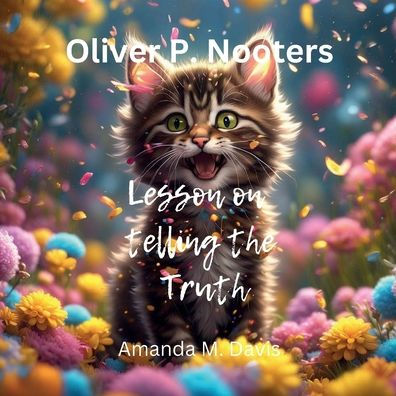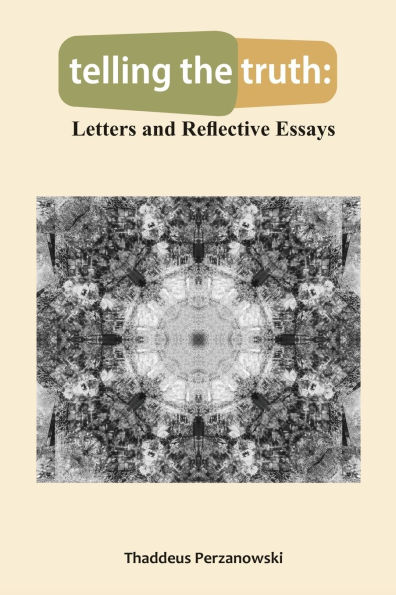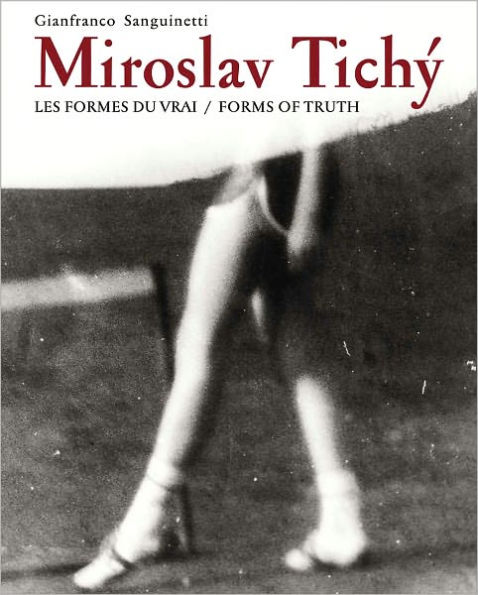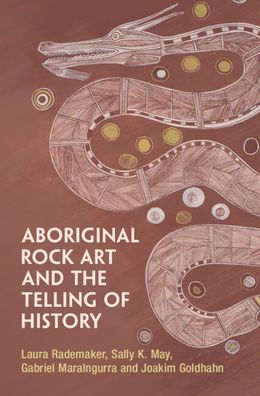Home
Melville's Thematics of Form: the Great Art Telling Truth
Barnes and Noble
Loading Inventory...
Melville's Thematics of Form: the Great Art Telling Truth in Bloomington, MN
Current price: $47.00

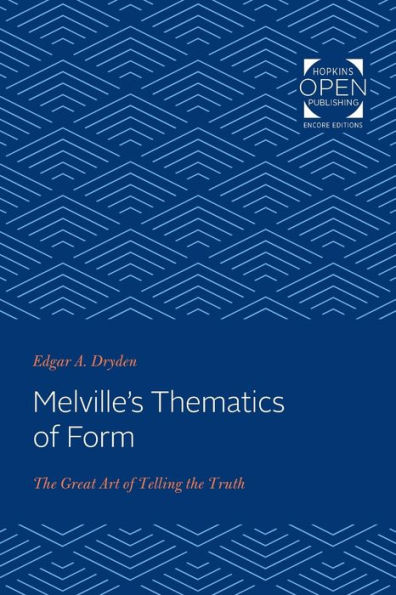
Melville's Thematics of Form: the Great Art Telling Truth in Bloomington, MN
Current price: $47.00
Loading Inventory...
Size: Paperback
Originally published in 1968. Professor Dryden sees Melville's novels both as metaphysical processes and as technical forms. The novelist is not a reporter but a creator, and what he creates from his experience is his vision of truth. Herman Melville saw the function of the novelist in terms of his ability to expose the reader to truth while simultaneously protecting him from it or, in other words, to enable the reader to experience reality indirectly and, therefore, safely. In Melville's own writing, however, this function became more difficult as his nihilism deepened. He became increasingly sensitive to his own involvement in the world of lies, and when he could no longer protect himself from the truth, he could no longer transform it into fiction. Melville's struggle to maintain the distinction between art and truth was reflected in the changing forms of his novels.
Dryden traces Melville's evolving metaphysical views and studies their impact on the craftsmanship of this acutely self-conscious artist from his early novels—
Typee
,
Redburn
, and
White Jacket
—through
Moby-Dick
Pierre
Israel Potter
The Confidence-Man
to the posthumously published
Billy Budd
and the closely related
Benito Cereno
, and he concludes that "all of Melville's narrators are in some way portraits of the artist at work." Dryden's study is a unique contribution to Melville scholarship and an important journey through the world of the novelist's vision. As such, it has significant implications for the novel as a genre and for understanding its development in America.
Dryden traces Melville's evolving metaphysical views and studies their impact on the craftsmanship of this acutely self-conscious artist from his early novels—
Typee
,
Redburn
, and
White Jacket
—through
Moby-Dick
Pierre
Israel Potter
The Confidence-Man
to the posthumously published
Billy Budd
and the closely related
Benito Cereno
, and he concludes that "all of Melville's narrators are in some way portraits of the artist at work." Dryden's study is a unique contribution to Melville scholarship and an important journey through the world of the novelist's vision. As such, it has significant implications for the novel as a genre and for understanding its development in America.
Originally published in 1968. Professor Dryden sees Melville's novels both as metaphysical processes and as technical forms. The novelist is not a reporter but a creator, and what he creates from his experience is his vision of truth. Herman Melville saw the function of the novelist in terms of his ability to expose the reader to truth while simultaneously protecting him from it or, in other words, to enable the reader to experience reality indirectly and, therefore, safely. In Melville's own writing, however, this function became more difficult as his nihilism deepened. He became increasingly sensitive to his own involvement in the world of lies, and when he could no longer protect himself from the truth, he could no longer transform it into fiction. Melville's struggle to maintain the distinction between art and truth was reflected in the changing forms of his novels.
Dryden traces Melville's evolving metaphysical views and studies their impact on the craftsmanship of this acutely self-conscious artist from his early novels—
Typee
,
Redburn
, and
White Jacket
—through
Moby-Dick
Pierre
Israel Potter
The Confidence-Man
to the posthumously published
Billy Budd
and the closely related
Benito Cereno
, and he concludes that "all of Melville's narrators are in some way portraits of the artist at work." Dryden's study is a unique contribution to Melville scholarship and an important journey through the world of the novelist's vision. As such, it has significant implications for the novel as a genre and for understanding its development in America.
Dryden traces Melville's evolving metaphysical views and studies their impact on the craftsmanship of this acutely self-conscious artist from his early novels—
Typee
,
Redburn
, and
White Jacket
—through
Moby-Dick
Pierre
Israel Potter
The Confidence-Man
to the posthumously published
Billy Budd
and the closely related
Benito Cereno
, and he concludes that "all of Melville's narrators are in some way portraits of the artist at work." Dryden's study is a unique contribution to Melville scholarship and an important journey through the world of the novelist's vision. As such, it has significant implications for the novel as a genre and for understanding its development in America.


